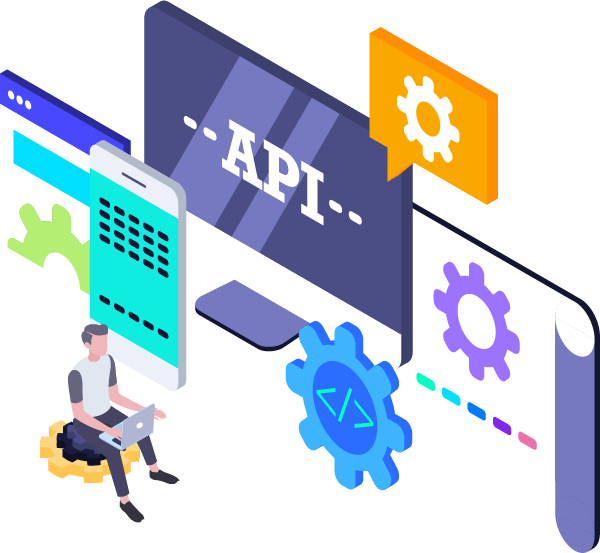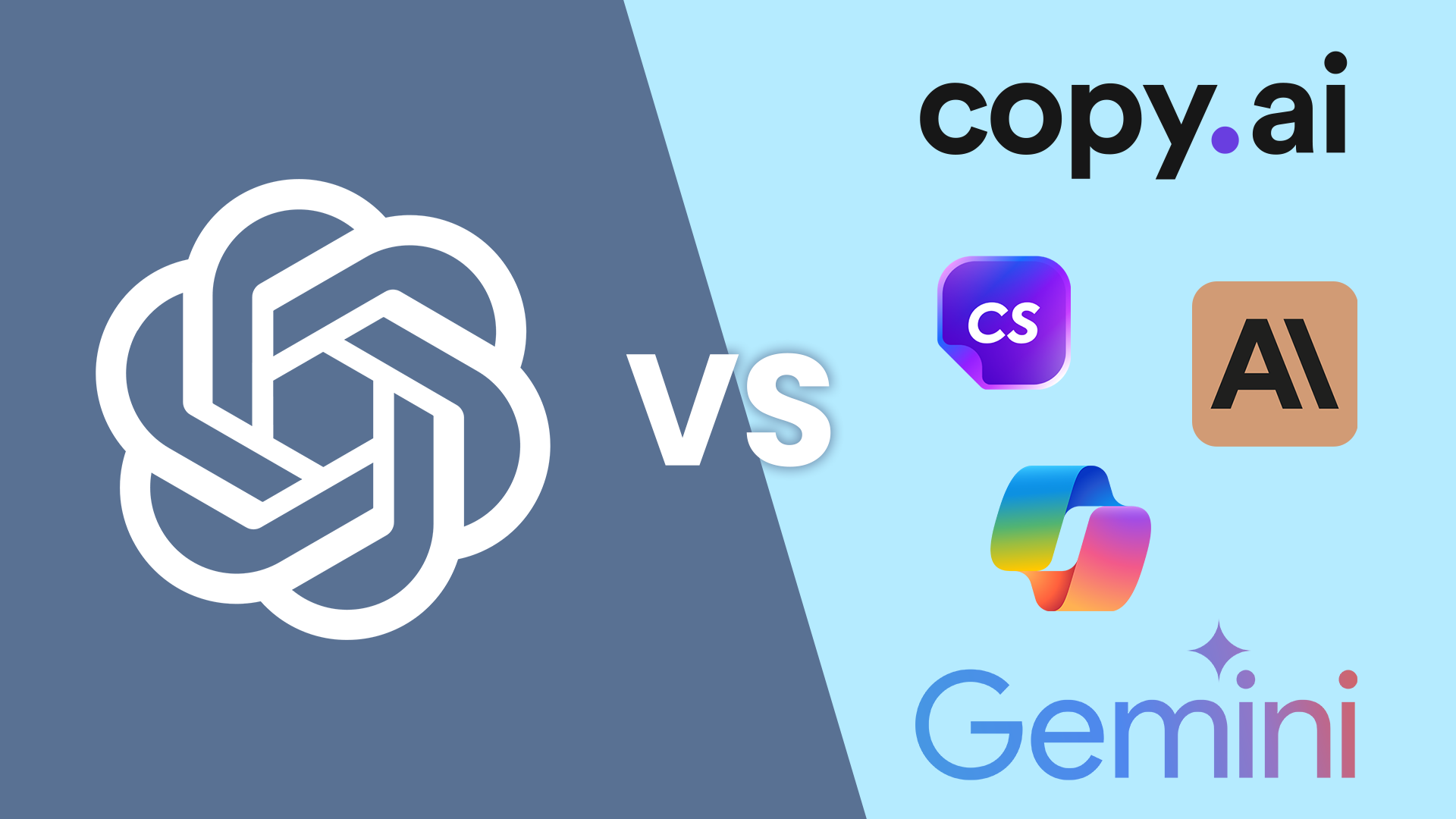The complex nature of API testing means it often relies on protocols and standards that are difficult to locate in other types or stages. It also has many advantages, making this process key for ensuring quality software releases!
QA testers are the bridges between developers and customers. They use testing methodology, which includes evaluating an application’s functionality and performance or security – anything from data storage to processing decisions based on what you need to do!
Testers must make sure all parts work together smoothly before releasing your product, so they do their part in finding bugs early on by using various techniques like unit tests (which evaluate individual pieces) and integration back tier(to check how things interact), end To Be Discovered.
Table of Contents
Start Testing your API
It would help if you first understood the scope and purpose of testing approaches before starting any projects.
The following questions should be considered before embarking on any tests.
- What kinds of endpoints can you put to the test?
- When a request is successful, what are the anticipated response codes?
- If a request is denied, what response codes should be expected?
- What error message should be generated when a request is failed?
You can assess whether your program works as expected with the right tools and techniques. You should also experiment with other types of testing to find out what variables testers might be able to test for when it comes time to make their assessments!
API testing is not just about the output; it’s also essential to test how things work and their expected outcomes to benefit you from this practice.
The following response should be analyzed in your tests:
- Reply time
- Data quality
- Confirmation of authorization
- HTTP status code
- Error codes
What are the benefits of API Testing?
The allure of testing is that it can lead to faster, cheaper releases. The increased efficiency and potential for lower costs are both significant draws in themselves. Still, there’s something else you should know about this method that may make them even more attractive – providing your team takes advantage!
If you’re not using an interface to test your APIs, then there’s no need for developers or QA testers to interact with the end-user-facing part of it. This means that any issues can be found early on in testing before they affect how people use and interact with your product.
With testing, the test runner doesn’t have to make assumptions about how a user will interact with your application. This means that it can run in less time than functional GUI tests because code is not being executed as often, and there’s no need for frequent page refreshes or browser reloads.”
This is a huge time saver! If you have 3k worth of APIs to test, running them all in parallel will take less than half the amount of tests that need thoroughness and attention.
Testing with an automated UI test can greatly benefit QA. The time saved from not having to write as many lines of code means more daily tests, equating to more excellent coverage and speedier turnaround times!

Reduce your Costs with an API
Early mistake detection reduces the cost of manual testing while simultaneously increasing test coverage. It’s a good idea to conduct early level functioning before undertaking GUI tests since this will maximize your chance for success with automated tools or other methods like Selenium IDE (a web driver library).
No attachment to specific languages
Using XML or JSON for data exchange is integral to different testing methods. This allows QA engineers to automate their process with any programming language that supports these technologies, such as PHP and JavaScript.
Improved Coverage
Unit tests are limited in what they can test because they focus on functionality within one specific application. Automated testing, however, can cover a much broader range of capabilities, which often leads many developers down paths where problems arise due to a lack of understanding or care about how these various bits function together as part of an entire system. This type of automated tooling also helps improve quality throughout your whole product – not just certain parts–and provides users with better experiences overall.

What Types of API Testing Are there?
The humble beginnings of APIs have come a long way, from simple libraries that programs could use to interact on the same system. Nowadays, we have more complex remote APIs which allow for interactions between two different computers – even if they’re thousands or millions apart!
The QA team is always looking for new ways to improve the product. There are mainly seven different types of API testing, but there’s no list that could ever include them all!
Validation Testing
Validation tests are one of the most important things to ensure a product’s functionality. These quick, essential exams look at how people interact with your application and if it functions correctly on all levels–the technical side and users’ experience using those features.
Security Testing
The purpose of this test is to ensure that testing in software development and implementation and operating system updates are safe from external threats.
Security testing is essential to ensure the security and integrity of any application that uses APIs. It involves validating encryption mechanisms, design considerations around access control lists (ACLs), checking user permissions/authorizations, and managing them throughout the velopment lifespan through rigorous integration tests to ensure nothing falls victim before launch day!
Runtime Error Detection
This is a great way to keep track and oversee programs that use bug-hunting techniques like human or automated testing. Exceptions, resource leaks etc., are all examples of this strategy!
The most thorough testing will ensure that you have found all potential flaws in your code. You may be able to focus on specific features such as monitoring, error detection and execution problems which give the highest chance of finding severe bugs before they cause any significant issues with functionality or security.
A careful analysis should yield reliable results regarding bug hunting because there’s nothing more frustrating than having an overlooked problem just waiting around eagerly inside another line of processed computer instructions.

Load Testing
End-to-end API testing is an excellent way for developers and their teams to ensure that all of an app’s features work correctly. By publishing these test cases, anyone can verify if they’re getting expected results when using it alongside other apps or products on your device!
Load testing is a way to measure the running capabilities, scalability and viable nature of an app.
Load tests try on many different scenarios that could happen in production so it can determine what would happen if those things happened – like how much data might need re-calculated or whether there’d be any Unavailable service errors due when everyone tried using at once!
Performance Testing
This API performance test ensures that your program’s response time, dependability and speed are all up-to-par. In addition to providing optimal efficiency by neutralizing software bottlenecks, it also helps you avoid faults altogether!
Integration Testing
To stay ahead in this industry, you need an API that can be integrated with other technologies. This will allow your product’s functionality and performance to remain stable for years down the line!
When you create an app, the user experience is mainly determined by how it functions. If people don’t like using your product or find things difficult to do, then their success in using this will be minimalized, leading them to give up on trying altogether!
The complexity and controversy surrounding integration tests have made it challenging to take on. The advantages, however, are that they provide faster production of higher quality goods and ensure accuracy in final products – something we can all appreciate!
Unit Testing
Unit testing checks for bugs in your application’s code by executing a unit of work, which means they should be written close to where you are working on the program.
The risk level and functions Deliverance of an API determine how much code coverage it requires. Thinking about this testing area is essential because it will help in the future.
QA testing is becoming a problematic concept in the software and application world. If you’re having trouble getting ensured execution, contact Nile Bits for expert help with your tests! We are always looking for ways to help improve your platform and procedures because we want you -the client, to have a fantastic tasting experience! It does this through AI Automation and manual testing as well as crowdsourcing with the goal that people will be able to get involved in improving the tools on offer at no cost whatsoever! Contact NPEC today for help with your developing business!




